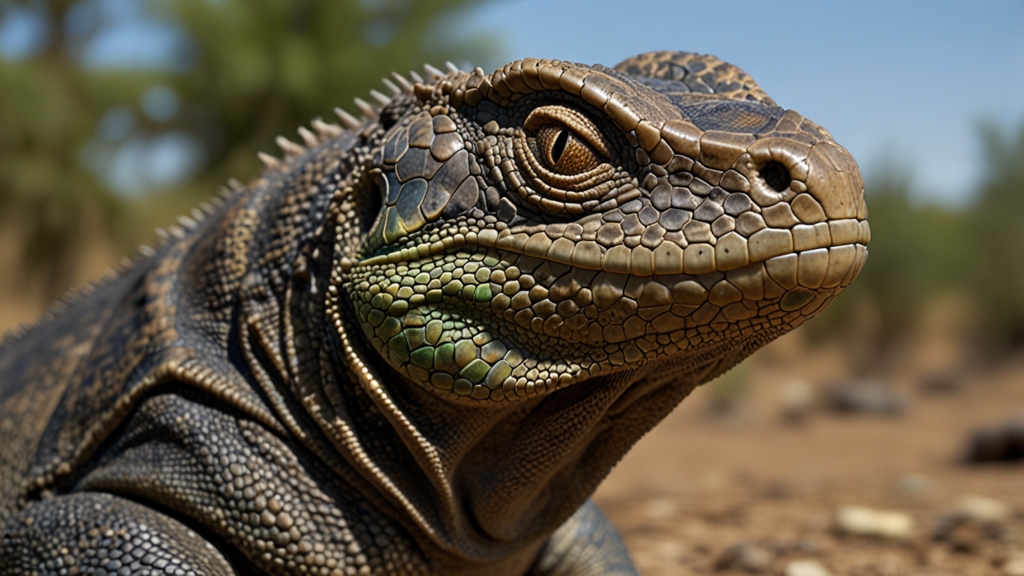Why Reptiles Fascinate Scientists: Exciting Discoveries on the Horizon
Reptiles, a diverse group of cold-blooded vertebrates, have long captivated scientists for various reasons. Not only do they offer insights into the evolutionary history of life on Earth, but their unique physiological and behavioral adaptations also provide valuable lessons that could inform a wide range of scientific and medical studies. With ongoing research and technological advancements, exciting discoveries about reptiles are continuously emerging, holding promise for significant breakthroughs in several fields.
The Evolutionary Marvels
One of the primary reasons why reptiles fascinate scientists is their evolutionary significance. These creatures that slither, crawl, and glide have a lineage that dates back over 300 million years. They have survived mass extinctions, dramatic climate changes, and shifting ecosystems, making them extraordinary subjects for the study of evolutionary biology. Scientists are particularly interested in how reptilian traits have adapted over time, enabling them to thrive in diverse environments ranging from scorching deserts to dense rainforests.
Investigations into the fossil record of reptiles, such as the ancient lineage of dinosaurs, can help elucidate the patterns of evolution and extinction. This research not only deepens our understanding of the past but also offers clues about the adaptability and resilience of life on Earth, which is particularly pertinent in the context of modern climate change.
Physiological and Behavioral Insights
Reptiles exhibit a range of physiological and behavioral traits that continue to pique scientific interest. For instance, their ectothermic (cold-blooded) nature leads to fascinating adaptations related to thermoregulation. Crocodiles, for example, employ behavioral strategies like basking in the sun and submerging in water to control their body temperature. Such studies can offer new perspectives on energy efficiency that might be applicable in bioengineering.
Reptiles, such as geckos, are known for their incredible adhesive capabilities, allowing them to climb smooth and vertical surfaces with ease. Scientists have been studying these natural adhesives to develop advanced materials and technologies, such as innovative medical bandages and robotic grippers.
Moreover, some reptiles have unique biological traits with potential applications in medicine. Take the example of snake venom: although highly toxic, it contains a complex mixture of proteins and peptides that are now being researched for the development of new medications, including painkillers and anticoagulants.
Conservation and Ecological Impact
The ecological roles of reptiles are also a critical area of study. Many reptile species are keystone species, meaning their presence and activities have a disproportionately large effect on their ecosystems. For example, the burrows of tortoises provide shelter for numerous other animals, thereby supporting biodiversity. Understanding these relationships is essential for conservation efforts, especially as many reptile species are threatened by habitat destruction, climate change, and human activities.
Additionally, reptiles often serve as bioindicators of environmental health because they are sensitive to changes in their surroundings. Studying their populations can reveal the impacts of pollution, climate change, and other environmental stressors, enabling more informed and effective conservation strategies.
Research on the conservation of reptiles not only aims to preserve these fascinating creatures but also to maintain the delicate balance of the ecosystems they inhabit. Protecting reptiles can have far-reaching benefits for entire biological communities.
New Technologies and Methodologies
Advancements in technology are revolutionizing how scientists study reptiles. Tools such as genetic sequencing, high-resolution imaging, and satellite tracking are allowing researchers to gather more detailed and precise data than ever before. These technologies are facilitating discoveries in areas ranging from reptile genetics and physiology to their migration patterns and habitat use.
For instance, genetic studies have uncovered surprising details about the evolutionary relationships between different reptilian species, helping to resolve long-standing classification debates. Similarly, satellite tracking has revealed new information about the migratory behaviors of sea turtles, shedding light on their life cycles and the challenges they face.
Conclusion
Reptiles continue to be a source of fascination and discovery for scientists across multiple disciplines. Their evolutionary history, physiological adaptations, ecological roles, and the technological advancements in studying them underscore the importance of reptiles in scientific research. As new discoveries emerge, the insights gained from these remarkable creatures will undoubtedly contribute to a deeper understanding of the natural world and offer innovative solutions to contemporary challenges.











